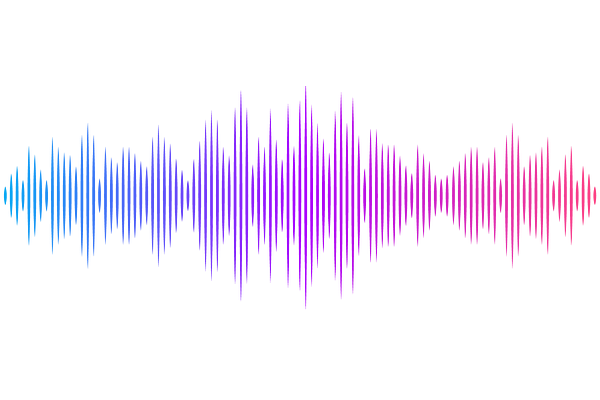ROSIE: AI generation of multiplex immunofluorescence staining from histopathology images

ROSIE: AI generation of multiplex immunofluorescence staining from histopathology images
Wu, E.; Bieniosek, M.; Wu, Z.; Thakkar, N.; Charville, G. W.; Makky, A.; Schürch, C.; Huyghe, J. R.; Peters, U.; Li, C. I.; Li, L.; Giba, H.; Behera, V.; Raman, A.; Trevino, A. E.; Mayer, A. T.; Zou, J.
AbstractHematoxylin and eosin (H&E) is a common and inexpensive histopathology assay. Though widely used and information-rich, it cannot directly inform about specific molecular markers, which require additional experiments to assess. To address this gap, we present ROSIE, a deep-learning framework that computationally imputes the expression and localization of dozens of proteins from H&E images. Our model is trained on a dataset of over 1000 paired and aligned H&E and multiplex immunofluorescence (mIF) samples from 20 tissues and disease conditions, spanning over 16 million cells. Validation of our in silico mIF staining method on held-out H&E samples demonstrates that the predicted biomarkers are effective in identifying cell phenotypes, particularly distinguishing lymphocytes such as B cells and T cells, which are not readily discernible with H&E staining alone. Additionally, ROSIE facilitates the robust identification of stromal and epithelial microenvironments and immune cell subtypes like tumor-infiltrating lymphocytes (TILs), which are important for understanding tumor-immune interactions and can help inform treatment strategies in cancer research.